Customers in 2026 do not just move between channels anymore. They exist in an ecosystem. Physical stores, websites, mobile apps, and immersive XR spaces all flow together. People do not think about where they are. They just want things to work. Smoothly. Instantly. That is the shift from multichannel to fluid experiences. Brands that ignore this will fall behind.
Digital experience management software is what makes this possible. It is not just a CMS or a tool to manage content. It is an intelligent, composable platform. Through its capabilities, the system can extract data, customize interaction, and switch over seamlessly wherever it has contact with the customer. It enables brands to react instantly and to foresee a customer’s need even before the latter has voiced it.
Digital channels are the ways through which consumers communicate at all times. But McKinsey points out that these channels win users but not their trust. Most people still rely on friends and family for advice. That is why DXM software is so important. It is not just about showing content. It is about building trust through relevant, human experiences at every interaction.
The Evolution from Monolithic Suites to Composable AI Ecosystems
Old digital experience platforms were a pain. They were heavy, slow, and every change felt like a major project. Want to add a new feature or tweak personalization? Forget it. You had to rebuild big chunks of the system. By 2024 and 2025, companies trying to keep up with customer expectations were always behind. Everything moved too slow and customers noticed.
Then MACH came along. Microservices, APIs, cloud-native stuff, headless platforms. Suddenly you could swap one module without touching the rest. Need a new recommendation engine or personalization layer? Done. No rebuilding, no waiting months. Digital experience management software now actually orchestrates everything instead of just holding it all in one place. It runs the show quietly while you focus on connecting with customers.
Look at Salesforce. By integrating a DXP with a CRM, they enable brands to deliver uniformly and individually tailored messages through all the channels of marketing, service, and digital interactions. The desired communication is delivered to the intended recipient at the most suitable time. Besides, the companies do not need to go through the tedious task of re-architecting their system whenever they require a change in the offering. This is what modular flexibility really means. Brands that move fast can adapt instantly. Those stuck in the old ways cannot. In 2026, this is more than tech. It is survival. Every customer interaction needs to be smooth, relevant, and real.
Also Read: Omnichannel Customer Engagement Strategy: How Leading Brands Deliver Seamless, Personalized Experiences Worldwide
Core Capabilities Redefining CX in 2026
The digital experience management software in 2026 is not dependent upon a click anymore. It observes, it understands, and it tries to predict the next need of the customer. Take for example a customer who generally purchases sneakers every three months or so. The software can pre-load their cart. It can use past purchases and even the weather in the city. You do not tell it anything. It just works. That is agentic AI. It moves before the person moves. It reacts before they even act.
Adobe showed how this works in March 2025. They added AI-agent capabilities to their Experience Cloud. These agents move across the journey. They handle tasks automatically. They make sure the right offer or recommendation reaches the right person at the right time. No manual work. No mistakes. Teams do not have to spend hours setting things up. Brands can scale personalization without burning people out.
Content used to be slow. Now generative AI in DXM software handles it all. It translates, formats, and tags content for more than 50 channels. We are talking apps, AR glasses, watches, and voice assistants. Everything is ready as soon as it is created. No separate teams rewriting it for each channel.
Omnichannel is also changing. It is not just web and mobile anymore. It is cars, smart homes, IoT devices. All of them talk to each other. The software keeps the experience consistent everywhere. A user sees a promotion on their watch and continues on their fridge or in the car. They do not lose context.
Predictive personalization, generative AI, seamless omnichannel. Together they make the difference. Customers notice when things are smooth, timely, and relevant. They stick around, they engage more, they return. This software is no longer just a tool. It is the engine behind real human connections.
The Data Paradigm and Why Trust is the New Currency

Third-party cookies are dead. They are gone. Brands can no longer rely on tracking users across the web in the old way. Instead, everything is moving toward first-party and zero-party data. This means the data a company collects directly from the user or the data the user willingly shares. It is more honest, more accurate, and more reliable. Brands that get this right can finally understand their customers without creeping anyone out.
Modern digital experience management software plugs straight into customer data platforms. It pulls all the information together to create a single truth about each person. Every click, every interaction, every preference. Everything comes together. The software can then make sense of it instantly. Marketing, sales, service, all see the same picture. No silos, no missing pieces.
Privacy is not an afterthought. It is built in. Top-tier software automatically handles GDPR v3 and global privacy standards. Companies do not have to hire armies of people to check every checkbox. The system does it for them. Users feel safer, brands stay compliant.
And the scale is massive. Adobe says its Experience Platform handles 40 petabytes of data, 5 billion edge interactions per day, and 17 trillion segment evaluations per day under 100 milliseconds. That is how much information flows through a modern DXM system every single day. The platform can analyze it, learn from it, and act on it instantly. This is what makes trust the new currency. If the data is right, if it is respected, and if it is used smartly, the customer relationship thrives.
The Financial Impact and ROI of Modern DXM
AI in digital experience management software is actually doing work that people used to do. Marketing teams, IT teams, they do not have to spend hours on repetitive stuff anymore. Automation takes care of content updates. It handles personalization. It does testing too. Previously, processes that took several days to complete can now be done in few minutes. The workflow will now be optimized to allow the staff to concentrate on the strategic part like the creativity and customer engagement and not on the dull and repetitive tasks.
Better experiences also make more people buy things. When the software predicts what someone wants, guides them through the journey, and removes friction, checkout rates go up. Customers do not notice the nudges. Everything feels natural, smooth, and fast. No clunky flows, no missing info. Every interaction pushes them forward without them realizing it.
Keeping a customer costs less than finding a new one. Consistent experiences across every touchpoint make people trust the brand. If someone sees offers everywhere that feel relevant, they are more likely to come back. Retention grows. You do not have to spend as much on new leads.
Adobe’s 2025 India AI-Digital Trends Snapshot proves this. Around 23 percent of businesses saw measurable ROI from generative AI adoption. 73 percent said they could produce content faster and in higher volumes. 67 percent saw productivity go up. That is not small change. It adds up to real savings, better performance, and stronger customer relationships.
By using modern DXM software, the company in 2026 will not only generate a number called ROI but also be able to assess its technology use by the amount of customer loyalty and satisfaction it offers. A great user experience and smart working methods are the hallmarks of a tech-savvy firm.
Choose the Right Software and Build a Practical Framework

Picking the right digital experience management software is tricky. It is not about ticking boxes or looking at a long feature list. It is about what will actually work for your company now and in the future. First, think about scalability. Can it handle peak traffic? Can it stay fast when everyone is online at the same time? You do not want surprises during big launches or holiday sales.
Next, look at integration. Does it integrate nicely with your CRM and ERP? Can it take data sets from multiple systems and provide a single view of a customer identity? If it cannot, it will create more problems than it solves.
Usability is also important. Non-technical marketers should be able to use it without calling IT every time. Otherwise, no one will use it properly.
Here is a tip. Do not buy for features. Buy for flexibility. The channel that is important in 2027 might still be a non-existent one at that time. The appropriate software is the one that stretches, adjusts, and develops along with your enterprise. It is not to be the reason for your delay.
End Note
Digital experience management software connects what a brand promises with what a customer actually feels. It ensures that all interactions correspond to the anticipated outcomes. The technology that will be present in 2026 will not be noticed by the brands that are able to win. They do not focus on tools. They focus on the human side. When experiences feel smooth and personal, customers notice. They stay. They come back.
If your tech stack is old or messy, this is the time to check it. Look at what you have. Can it handle speed, scale, and personalization? Can it keep up with customer expectations? If not, fix it. The brands that adapt quickly are the ones that will thrive. The ones that do not will fall behind.









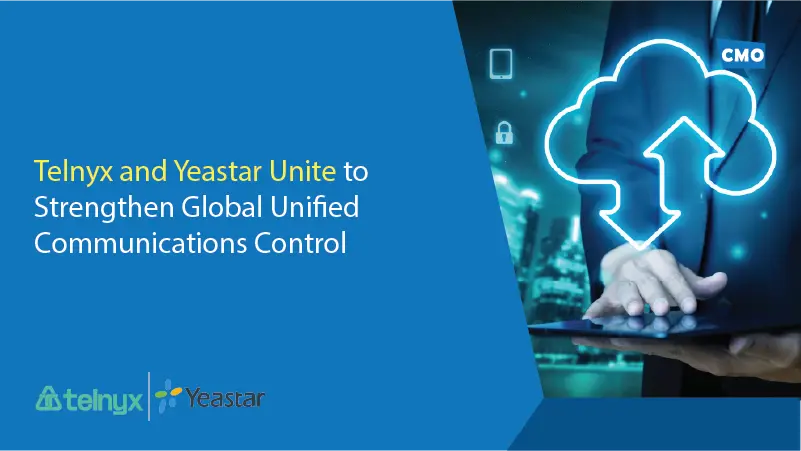
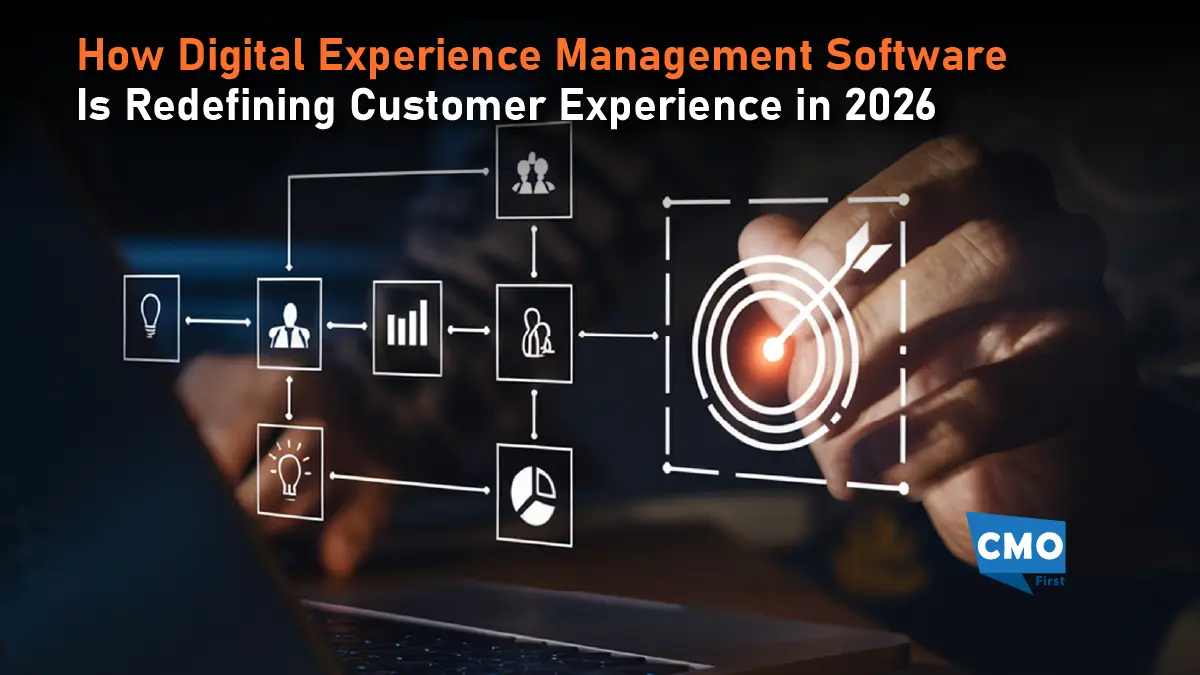
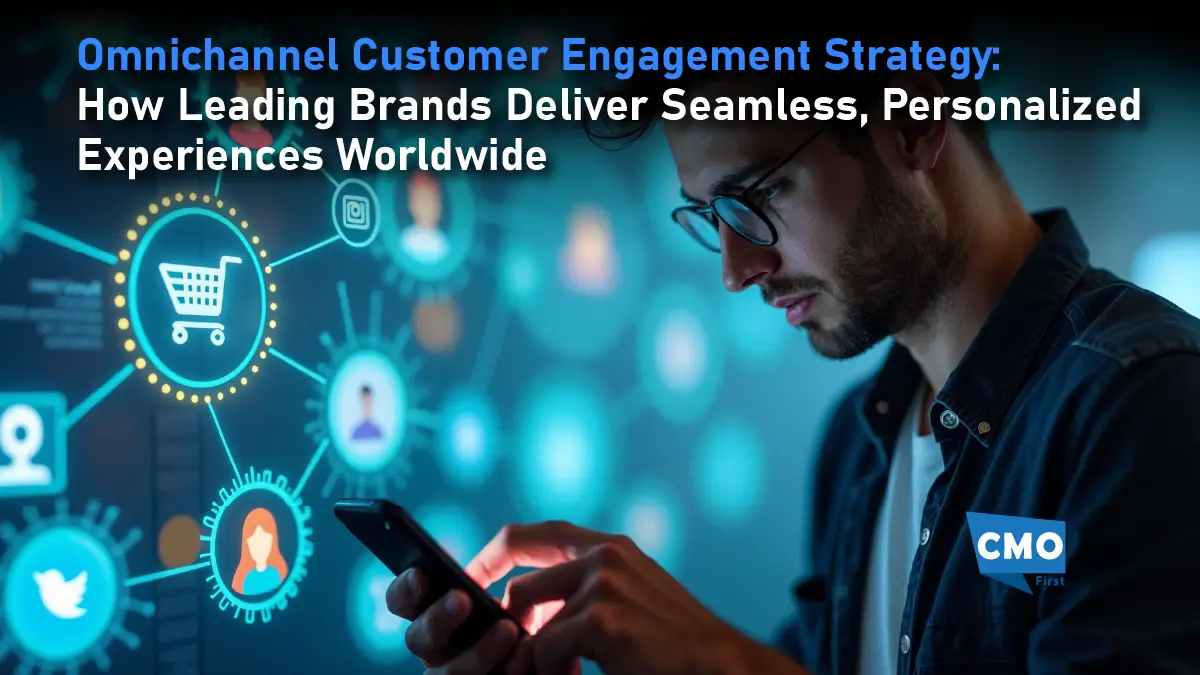
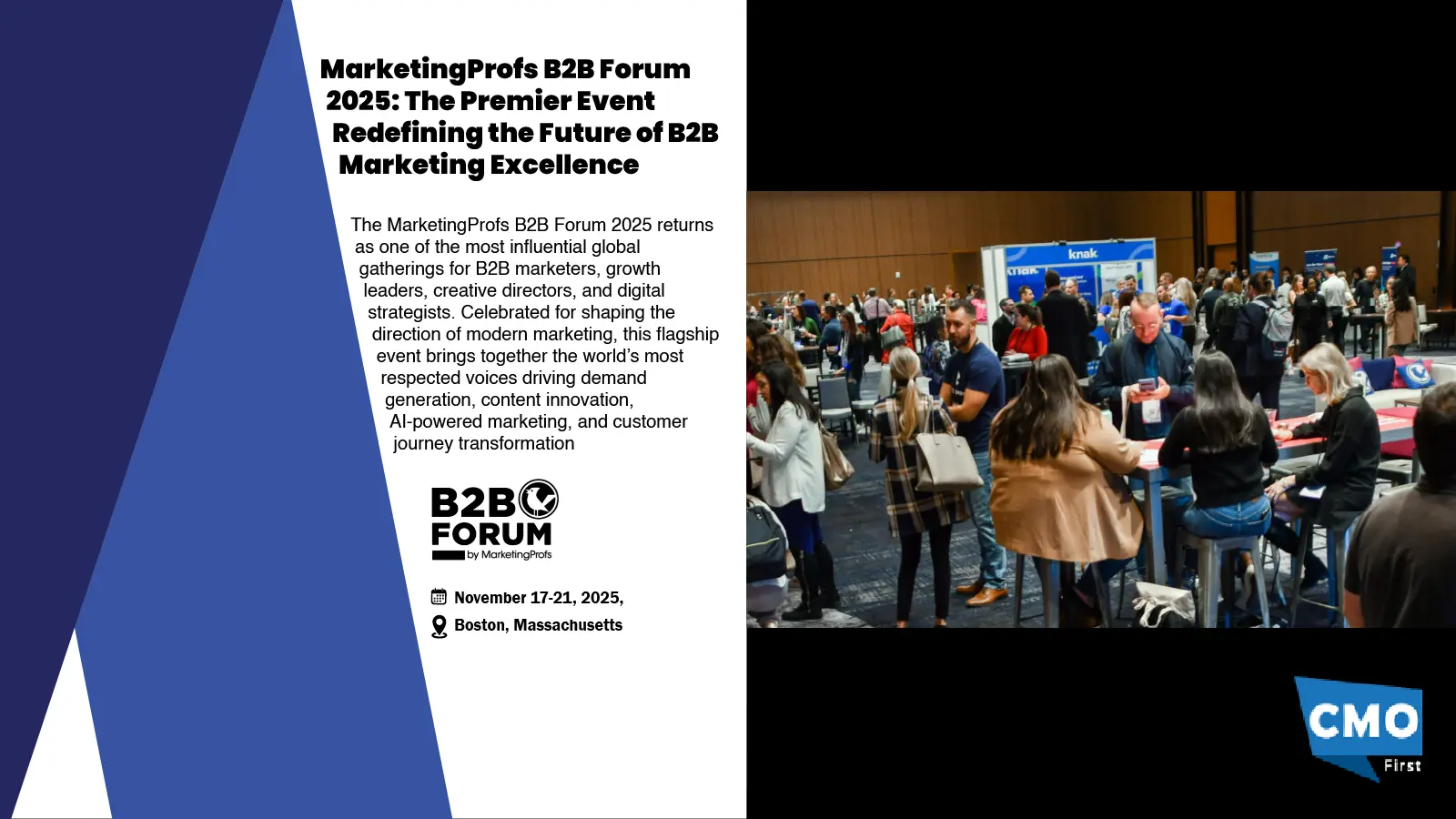

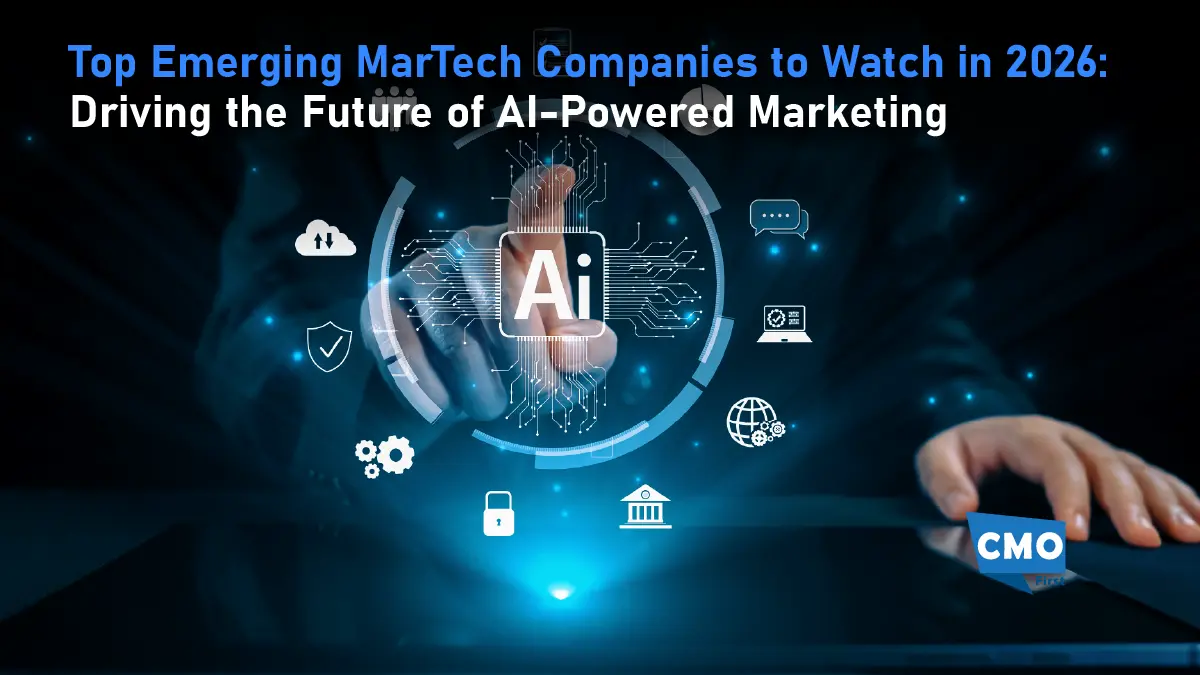

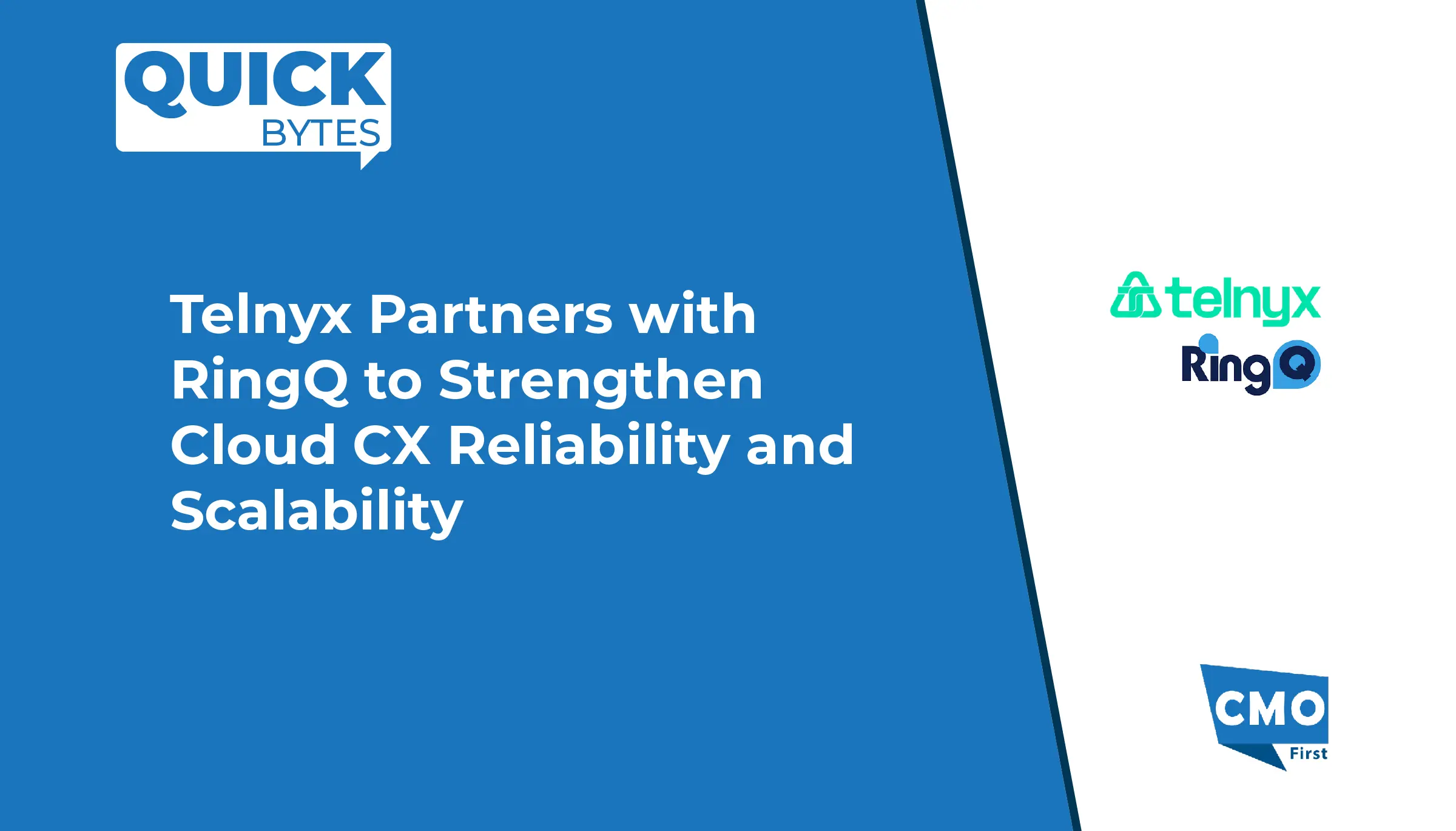




Leave a Reply